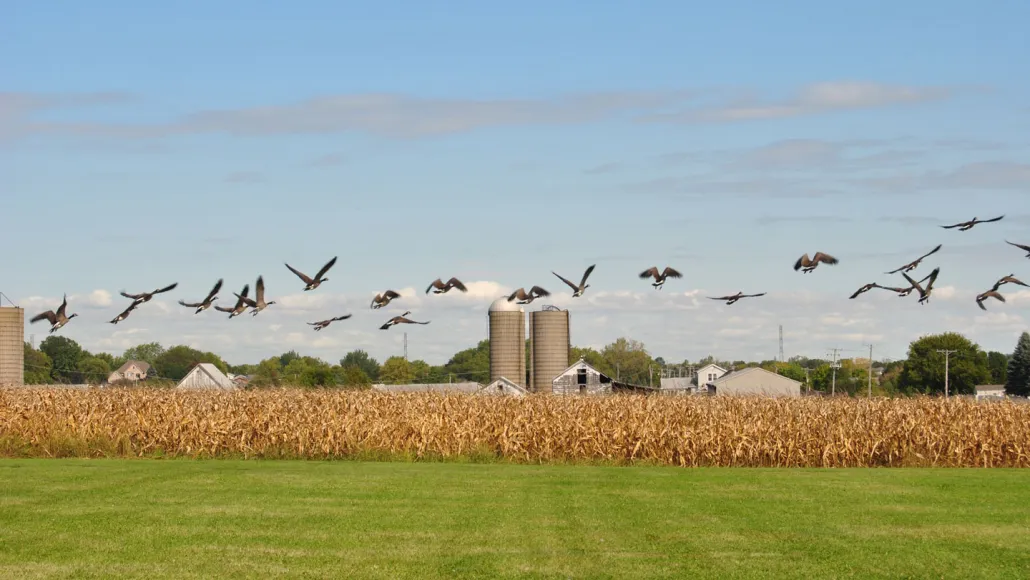
The Dynamic Challenge of Managing Avian Influenza
In recent years, the battle against avian influenza, commonly known as bird flu, has become increasingly complex. As described in a compelling report by Science News, the evolution of bird flu viruses is making containment efforts more difficult than ever.
Bird flu, caused by various strains of the influenza A virus, has long been a threat to poultry farms worldwide. However, recent genetic shifts and mutations in the virus have escalated the difficulty of protecting farm flocks from infection. As the viral genome continually adapts, conventional biosecurity measures are sometimes insufficient, requiring novel approaches and rapid responses.
The Reasons Behind the Growing Difficulty
Genetic Evolution of the Virus
The primary driver of increased difficulty in controlling bird flu is the virus’s ability to evolve rapidly. Influenza viruses possess a high mutation rate, which allows them to adapt quickly to new environments and hosts. This genetic flexibility means that a strain that was once effectively contained may quickly become resistant to existing vaccines or immune defenses.
Scientists observe that these mutations can enhance the virus’s infectivity, transmission capabilities, and resistance to antireviral agents. Consequently, what’s effective today may be rendered obsolete tomorrow, forcing farms and health authorities to stay constantly vigilant and adapt their strategies accordingly.
Multiple Viral Strains and Reassortment
Another concern is the emergence of multiple viral strains circulating simultaneously within poultry populations. Reassortment—when two different strains infect the same host and exchange genetic material—can generate entirely new variants with unpredictable characteristics. This process complicates surveillance, diagnosis, and vaccine development.
Such genetic shuffling increases the chance of novel, more virulent strains emerging, which can swiftly spread across farms and even jump to wild bird populations, creating a challenging cycle of containment and eradication efforts.
Impacts on Traditional Control Measures
Vaccination Challenges
Vaccines have historically been a cornerstone of controlling bird flu outbreaks. However, virus evolution diminishes their efficacy over time. When the virus changes its surface proteins, like hemagglutinin and neuraminidase, vaccines designed for previous strains may offer limited protection. This necessitates continual updates to vaccine formulations, often lagging behind the speed at which the virus evolves.
Biosecurity Measures and Their Limitations
Enhanced biosecurity protocols—such as restricting farm access, disinfecting equipment, and controlling wild bird interactions—are critical components of disease prevention. Nonetheless, as mutants of the virus become more transmissible or capable of airborne spread, traditional biosecurity measures may prove insufficient. Outbreaks can occur despite stringent precautions, especially when the virus adapts to circumvent physical barriers.
The Role of Wild Birds and Environmental Factors
Wild migratory birds are natural reservoirs for avian influenza viruses. Their migration patterns facilitate the spread of evolving strains across regions and continents. Poultry farms located near wetlands or migratory corridors are at heightened risk. Environmental factors, such as climate change, also influence the virus’s survival and transmission dynamics, further complicating efforts to control outbreaks.
Innovative Strategies and Future Directions
Advanced Surveillance and Genomic Monitoring
- Real-time genetic sequencing: Enables quick identification of new variants
- Global data sharing: Facilitates rapid response and tracker of emerging strains
- Wildlife monitoring: Helps predict and prevent spillover events from wild to domestic birds
Developing Broad-Spectrum Vaccines
Scientists are working on universal or broad-spectrum vaccines capable of providing protection against multiple strains of bird flu. These innovations could significantly reduce the need for frequent updates and improve long-term control measures.
Enhanced Biosecurity and Farm Management
Farmers are adopting more rigorous biosecurity protocols, including:
- Strict farm access control
- Use of disinfectant footbaths
- Designing farm layouts to minimize contact with wild birds
- Implementing early detection systems using sensors and diagnostics
Global Collaboration and Policy Development
The fight against evolving bird flu viruses requires international cooperation. Sharing data, resources, and best practices strengthens the collective ability to respond swiftly. Policy frameworks must be adaptive, incorporating scientific advancements to tighten regulations, fund research, and support affected farmers.
Conclusion
The ongoing evolution of bird flu viruses poses significant challenges to poultry health and economic stability. While traditional methods have proven effective against static strains, the rapid genetic drift and reassortment capabilities demand innovative, adaptive strategies. Continuous surveillance, vaccine development, biosecurity improvements, and international collaboration are all vital components of a comprehensive response.
As the virus keeps evolving, so must our approaches. Staying ahead of the virus’s genetic changes is crucial for protecting our farms, maintaining food security, and preventing potential zoonotic transmissions to humans.
For more updated news please keep visiting Prime News World.








